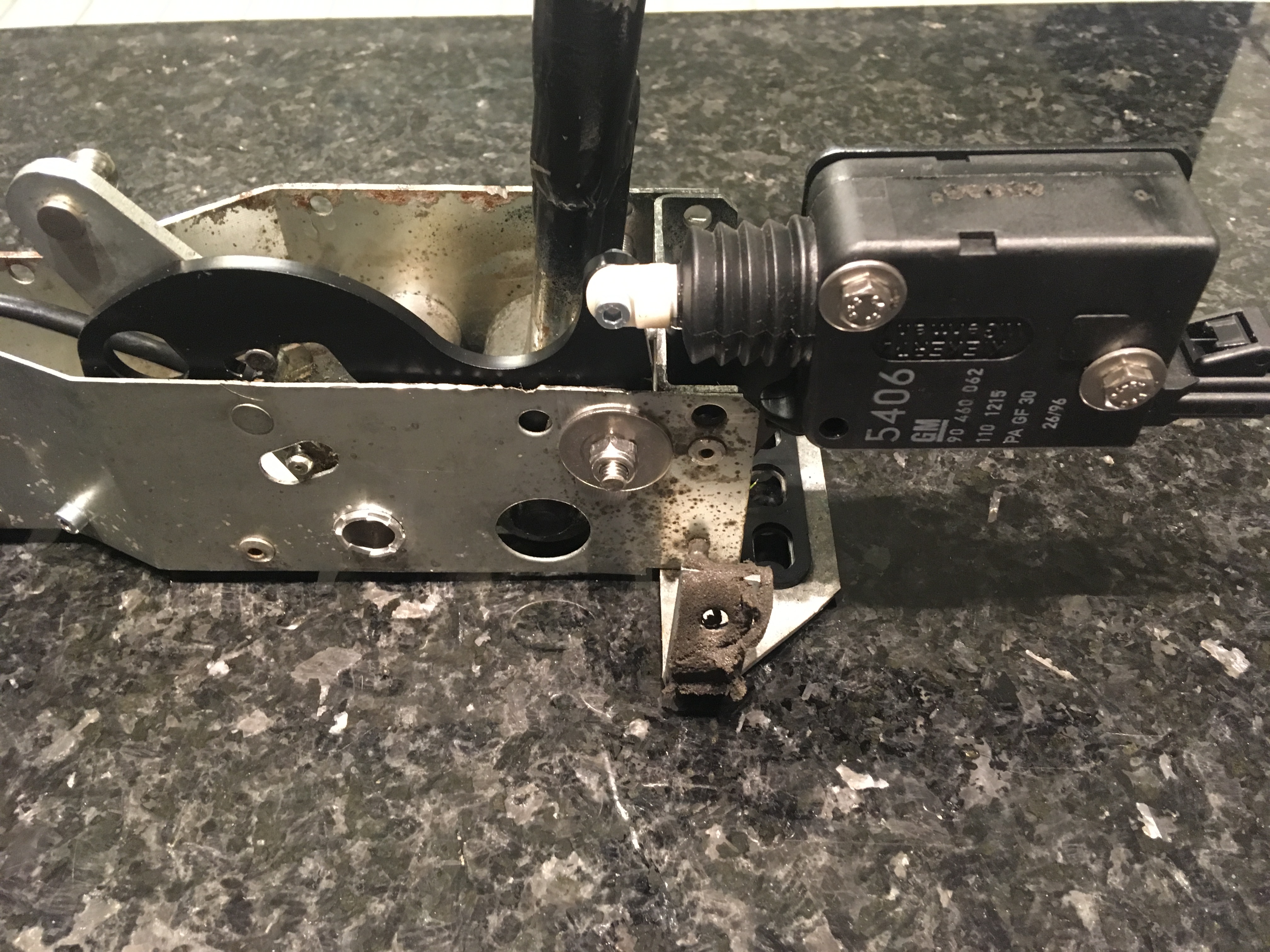Can't wait to see this engine in and see it running, it will be a real step forward for a VX220 ![]()
Edited by Nev, 21 April 2016 - 12:56 PM.

Posted 21 April 2016 - 12:56 PM
Can't wait to see this engine in and see it running, it will be a real step forward for a VX220 ![]()
Edited by Nev, 21 April 2016 - 12:56 PM.
Posted 28 April 2016 - 12:08 PM


Posted 28 April 2016 - 12:11 PM
That looks like a monster.
Posted 28 April 2016 - 12:12 PM
Looks like that one is for a turbo model. Does that fit on the Tesla uprights?
And yo have the protective rubber covers for the joints?
Posted 28 April 2016 - 01:11 PM
Posted 28 April 2016 - 01:14 PM
I think you can get separate boots from Elise Shop
Posted 28 April 2016 - 01:28 PM
Posted 28 April 2016 - 01:35 PM
I did get fistful of SSC stickers though
If mounted correctly, each can add up to 10 bhp.
Posted 28 April 2016 - 01:37 PM
Posted 01 May 2016 - 12:34 PM
Posted 01 May 2016 - 06:00 PM
Whats the ID of the bores that currently lead to the heater matrix? I think the Pro-Alloy pipes are 19mm ID.
Posted 02 May 2016 - 12:24 AM
Edited by ed.oates, 02 May 2016 - 12:33 AM.
Posted 02 May 2016 - 06:15 AM
I agree, I think the flow rate wont be effected too much, what is more important it as big and efficient radiator as possible at the front. Some people even put extra little rads in series behind the fog light holes to get the water temps down even more.
Posted 02 May 2016 - 07:55 AM
A sample of that design Nev is mentioning can be seen here: (need to register to see)
http://www.speedster...hwarz/&page=257
Posted 02 May 2016 - 10:26 AM
Thoughts, suggestions, criticism?
Just that Randy runs 32mm diameter pipes for his chargecooler circuit on his endurance Europa with something like an 150L/min electric waterpump. He arrived at that setup after many hours of track work and testing. That does keep his intake air temperatures stable at a little over ambient on his (I think ![]() ) 500HP setup. The Pro-alloy 19mm is already marginal in many higher power setups for longer power durations.
) 500HP setup. The Pro-alloy 19mm is already marginal in many higher power setups for longer power durations.
You really need to calculate the kg/min airflow that goes through the cooler, the desired temperature drop and then see how much coolant/water flow you need to move the heat out. I suspect the 16mm pipes won't really do ![]()
Of course it also depends on what you want to do. Are you OK with a setup that can tolerate short bursts of (full) power but will heat-soak after longer duration like on many roads or will cope with a sustained full power use and never hit heat soak?
Bye, Arno.
Posted 02 May 2016 - 10:26 AM
I remember that Chris Randall spend serious time on improving his intercooler system. One of his improvements was to use big hoses and a mighty pump to increase the waterflow...
I would simply stick to the proven method of using 19mm waterhose through the sill and don't mess wity the heater pipes.
(Edit: Arrghh, to slow I see..)
Edited by Exmantaa, 02 May 2016 - 10:27 AM.
Posted 02 May 2016 - 11:00 AM
If you flow the coolant too fast what happens is that you get "echos" of hot water going back to the IC before it gets a chance to cool enough. I already get this on my modified Pro-Alloy setup and have seen it many times after a hard shortish engine squirt and then pottering along - sometimes I even see 2 echo/cycles.
The ideal solution to fix this is very high volume, but low flow rate, obviously with good rad cooling. I still think the plentiful rad cooling is the key point to concentrate on myself.
Also I would (based on personal experience) try increase the bore of the pipes into and out of the IC. This had a noticable effect on my modified Pro-Alloy setup, helping bring IATs down a noticable amount. I think my inlet to the I/C is 2.5" and outlet is 3" for reference, this allows the inlet charge "fan out" through the matrix and collect at the outlet pipe more easily (ie with less turbulence) and might even slightly reduce the pressure drop delta accross the matrix (at a guess).
Edited by Nev, 02 May 2016 - 11:03 AM.
Posted 02 May 2016 - 11:41 AM
Posted 02 May 2016 - 01:08 PM
Are you sure this isn't down to the standalone reading the measurement quicker than oem nev
I'm not quite sure what you mean by that, but to clarify the matter, I have an independant digital IAT measurement (lowest significat figure of 0.1) in the cabin that is connected to a sensor just after the intercooler. So it is this reading that reveals the cycles of heat.
Posted 02 May 2016 - 02:53 PM
Edited by ed.oates, 02 May 2016 - 02:55 PM.
0 members, 1 guests, 0 anonymous users